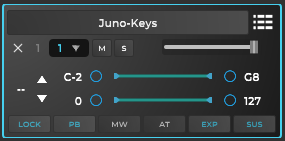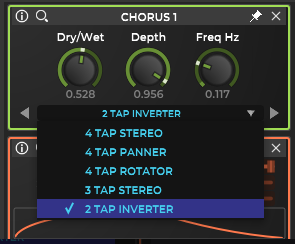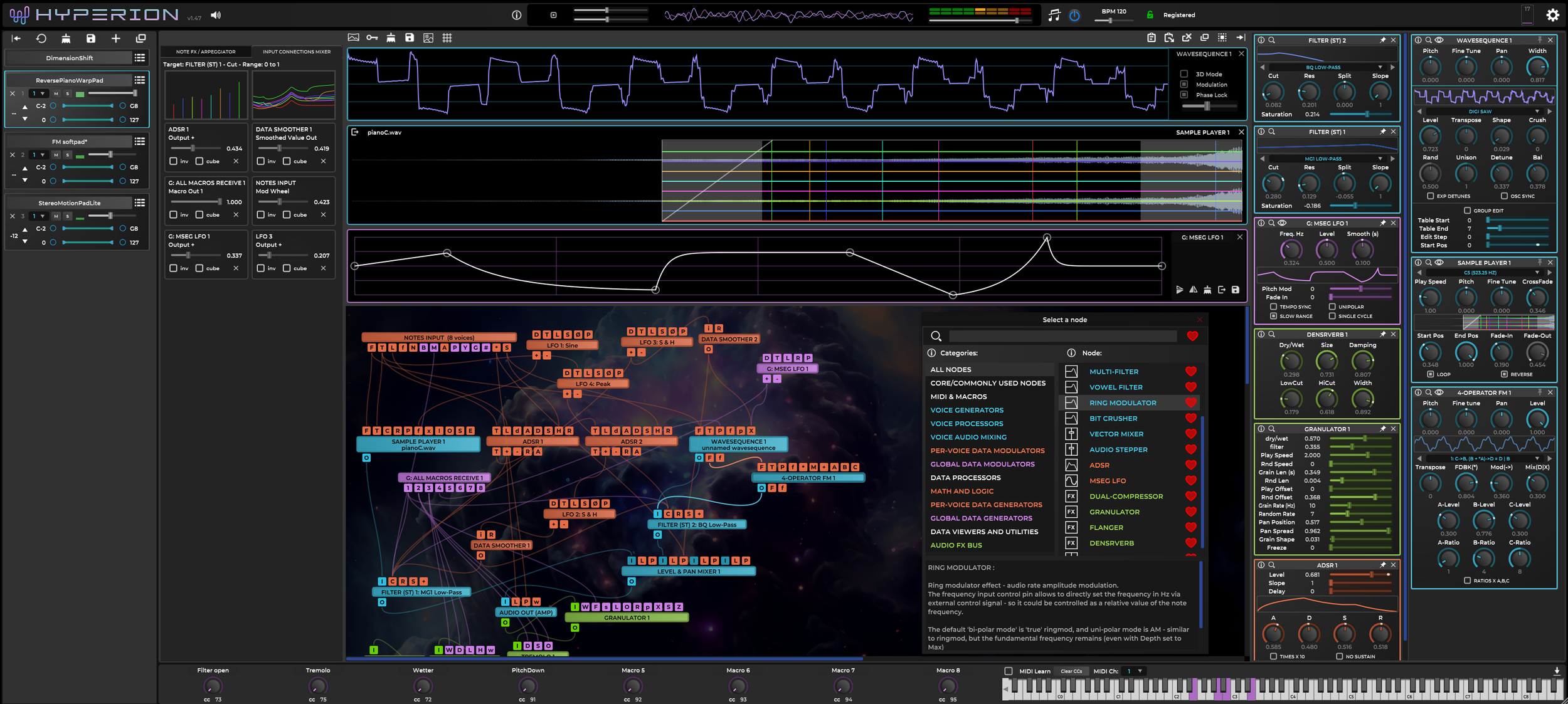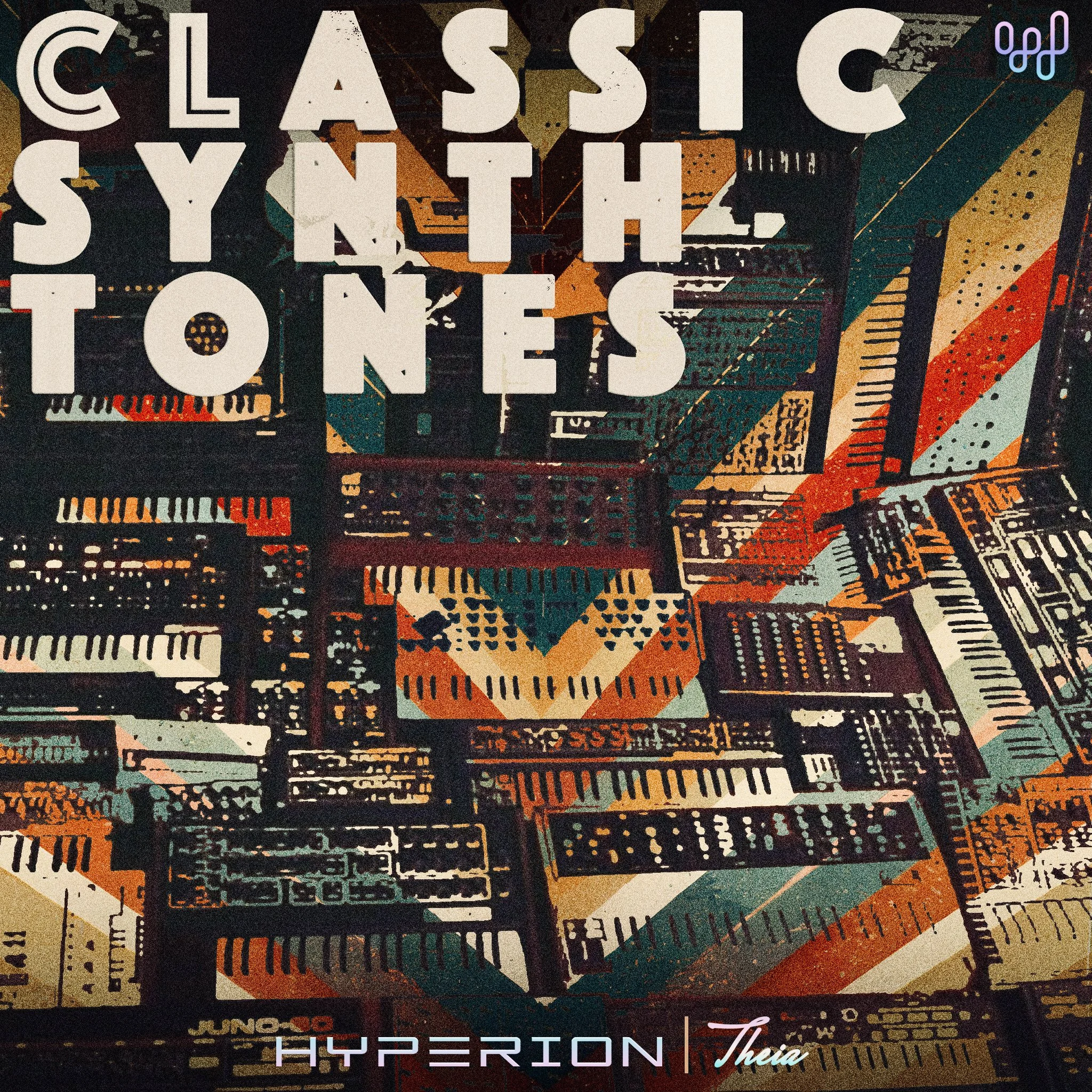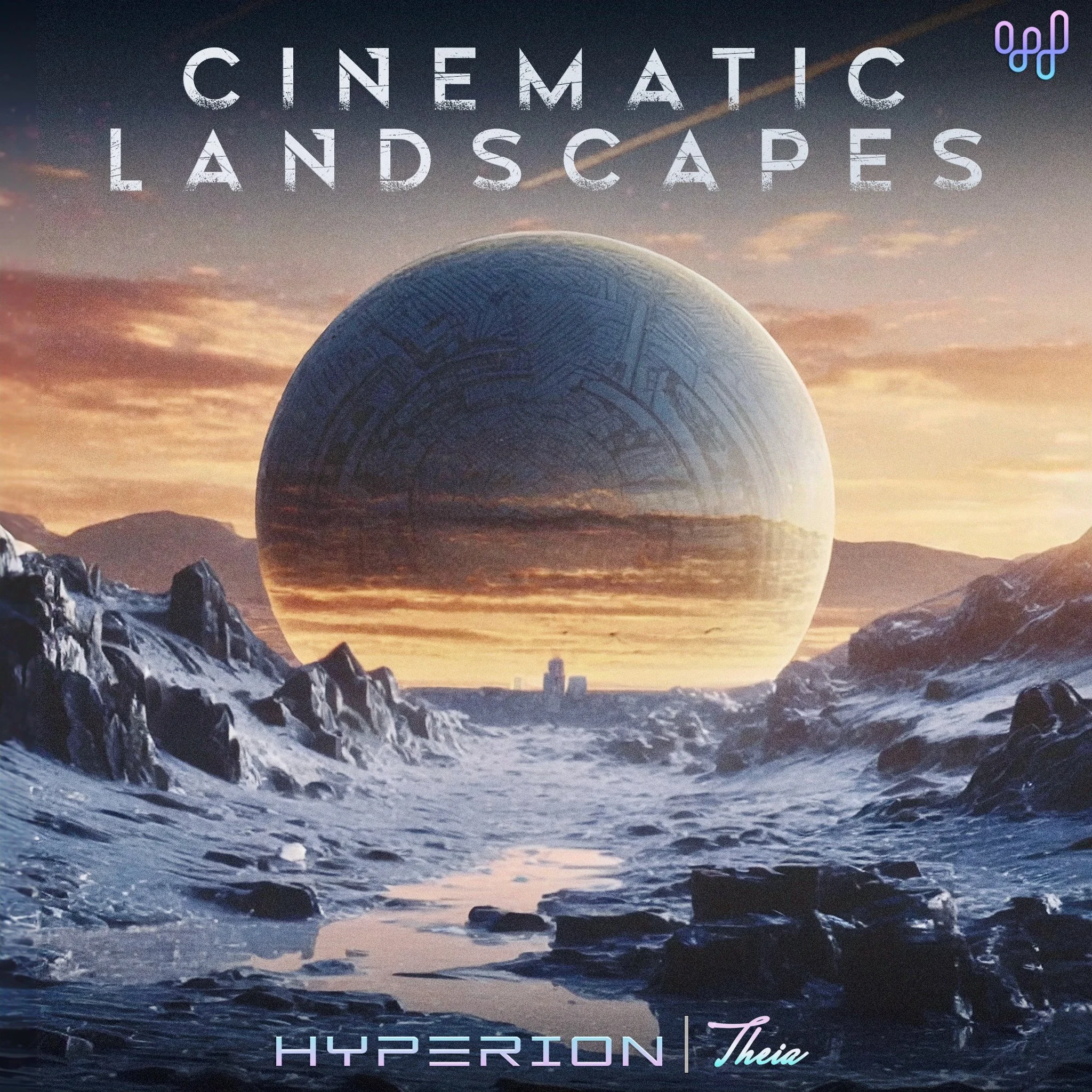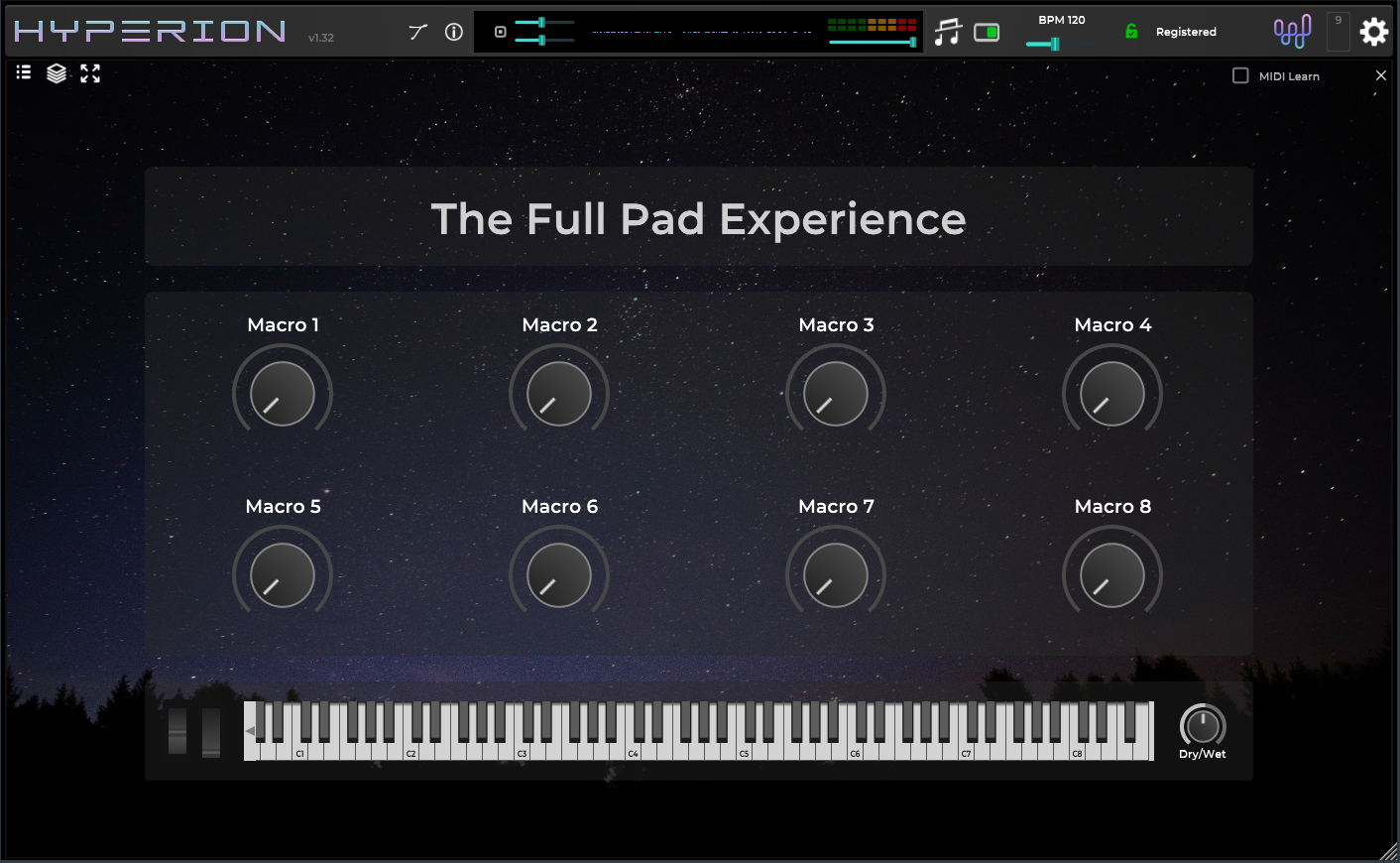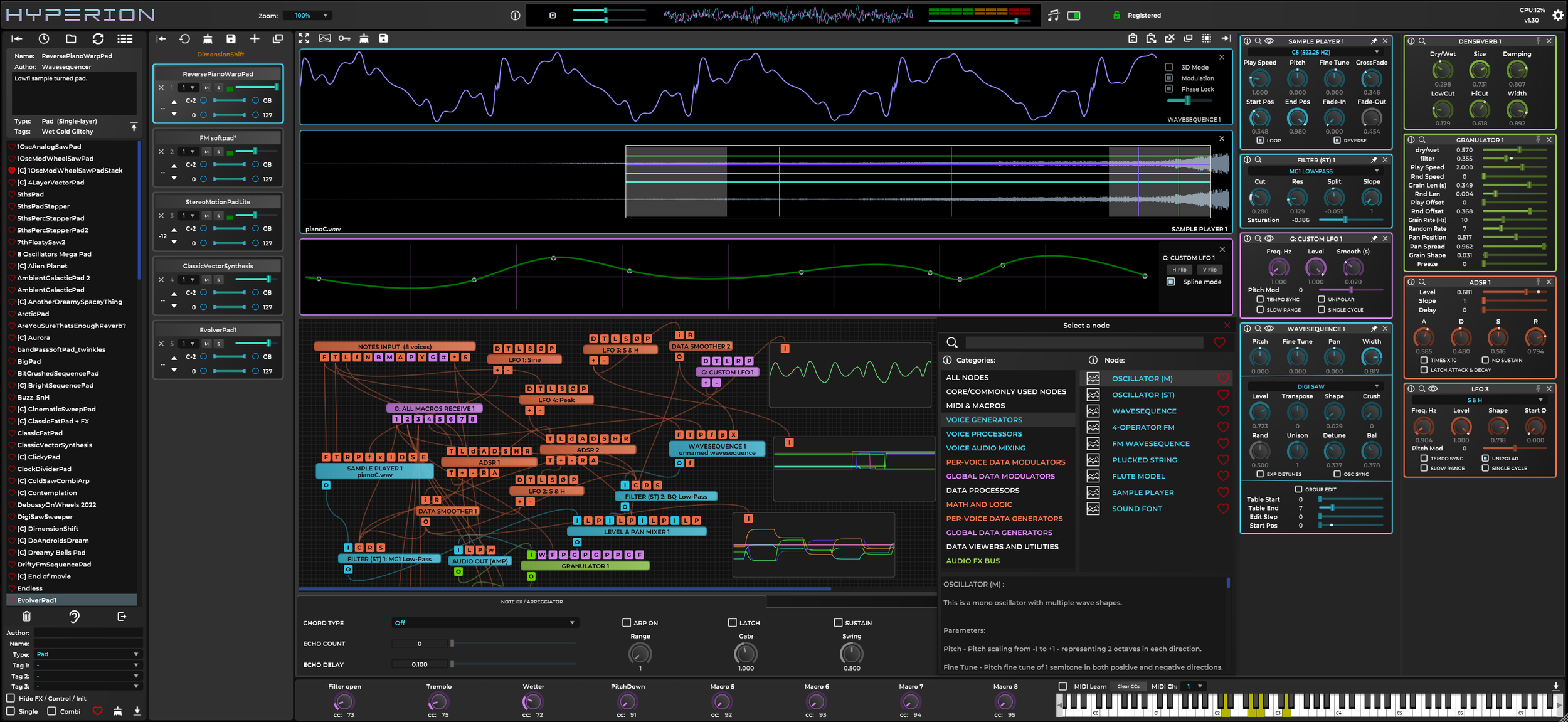It’s been a busy time at Wavesequencer Virtual Instruments.
Since the last update here we have in fact had another 5 updates - most of them were bug fixes or stability updates and some UI rendering enhancements, but also included were some new features such as ‘one click’ patch loading option, and the multi-layer audio recording feature in the standalone build.
We also introduced the ability to switch the main modulation sources (ADSRs, LFOs) between global and polyphonic modes.
PlugInGuru Collaboration:
v1.63 brought in support to unlock the products via PlugInGuru.com
Since December 2024, Wavesequencer is collaborating with PlugInGuru.com to complete development of the next version of Unify - Unify is an amazing multi-layer plugin hosting application/plugin with its own built in sampler and free plugins - with a huge set of sound libraries built by John Lehmkuhl - an industry veteran with many years of sound design work from the late 80s digital synths through to the very latest plugins in the market.
v1.64 now adds some fixes for MPE controllers and there are 3 new nodes - Formants, Resonator and Multi-ratios. Here are the details:
Enhancements/Bug fixes:
MPE channel pressure on the control channel is now properly distributed to all voices and added to the per voice channel pressure of those. MPE control channel pitch bend messages are now also added as an offset to the per-voice pitch bends of MPE voice channels.
New features:
New nodes which have a wide range of uses, but could be particularly useful for physical modeling simulations.
'Formants filter' : 4 parallel controllable formant filters with independently controllable and modulate-able frequency, gain and resonance controls.
'Resonator' : Short comb/all pass algorithm with tone controls and no pre-delay - great for adding a 'body' tone to a sound.
'Multi-Ratios' : Control node with 4 modulate-able multiplier ratio controls each with 128 stepped/preset multiples - apply different multiples to 1 main input value - this is quite handy for controlling the formants filter node for example where the frequencies can then track the note frequency.
New videos and shared MPE patches:






